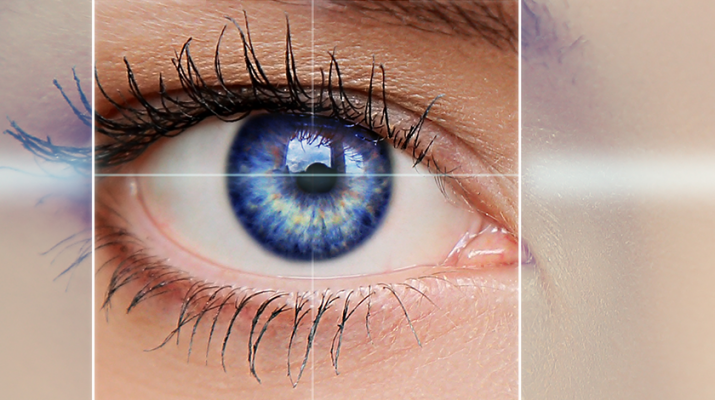Scientists are still testing using eye drops to dissolve cataracts in humans; in the meantime, new techniques to remove them are available
By Deborah Jeanne Sergeant
More than half of people will have cataracts by age 75, according to the American Academy of Ophthalmology. Cataract surgery is a simple out patient procedure and most insurers cover it. Try to look at this web-site to get the appointment from the best eye specialist to perform the surgery. Scientists are working on drops that seem to dissolve cataracts in animal testing; however, human trials and subsequent FDA approval are needed before it’s available to treat patients.
In the meantime, cataract advances in surgical technique and materials have helped improve patients’ vision.
Omar Hanuch, ophthalmologist with Cornerstone Eye Associates in Rochester, said that the procedure used to involve liquefying the lens with ultrasound waves so it could be removed through a tiny opening, “but that is more stressful for the eye because of the energy applied,” Hanuch said.
Now, for cataract surgery florida here he uses a laser from the outside that divides the cataract into very tiny pieces and make the incision over the cornea.
“It’s much less traumatic and much more accurate,” he said. “It’s a big improvement for the removal of the cataract and the laser can do very precise incision. We can do it by hand with blades, but the laser is much more accurate.”
The newer lenses also help improve distance and near vision and astigmatism. According to the American Academy of Ophthalmology, 23.9 percent of the American population age 40-plus — more than 34 million — are myopic (nearsighted). Almost 14.2 million of the same age group have hyperopia (farsighted). Nearly one in three Americans has astigmatism and 150 million wear corrective eyewear.
Haunch said that the newest lenses used in cataract surgery can improve vision and reduce dependency on glasses.
“Until now, there were multi-focal implants that cost a lot more,” he said. “There was also more glare. With the new technology, you get the same result without the night vision problems. They work much better and are more reliable.”
Scott MacRae, an ophthalmologist at UR Medicine’s Flaum Eye Institute said that the new lenses have improved the intermediate vision that previous lenses didn’t correct as well.
“This lens allows patients to see that intermediate area, which is becoming more and more important as people become more dependent on computers,” MacRae said. “Patients really like that.”
He added that some patients subsequently undergo Lasik to clear out any residual refracting.
Holly Hindman, a doctor with The Eye Care Center in Canandaigua and Geneva, said that cataract surgery is “a very safe surgery with minimal sedation,” she said. “Generally, the experience is like having your teeth cleaned.”
The surgery is done in less than 15 minutes, and post-surgical eye drops are pretty easy for most patients to administer. Though patients may not lift heavy objects for a week after surgery, after that, patients can return to normal activity without restriction.
“Often people want to know if the cataract grows back,” Hindman said. “It doesn’t. In 50 percent of cases, over time, like years or decades, cells can migrate across the sack that holds the lens implant. We can easily treat it with a laser. It doesn’t hurt the eye.”
Clinton Sugnet, optometrist at Alexander Eye Associates in Rochester, provides pre-op and post-op patients. He said that very few patients aren’t good candidates for the procedure.
“There’s very minimal risk for any type of complications but it is a surgery and there is a risk involved,” he said.
For healthy patients, “rejection is extremely rare,” he said. “With that part of the eye and the materials used, it’s very rare to have complications, especially rejection.”
With the entire population growing older and more people growing older, cataract surgery has become routine.
Preventing Cataracts
So what can help prevent cataracts? Scott MacRae, ophthalmologist with UR Medicine’s Flaum Eye Institute, said that an increasing body of data indicates that eating green, leafy vegetables and other foods rich in vitamin K may reduce the likelihood of developing cataracts.

